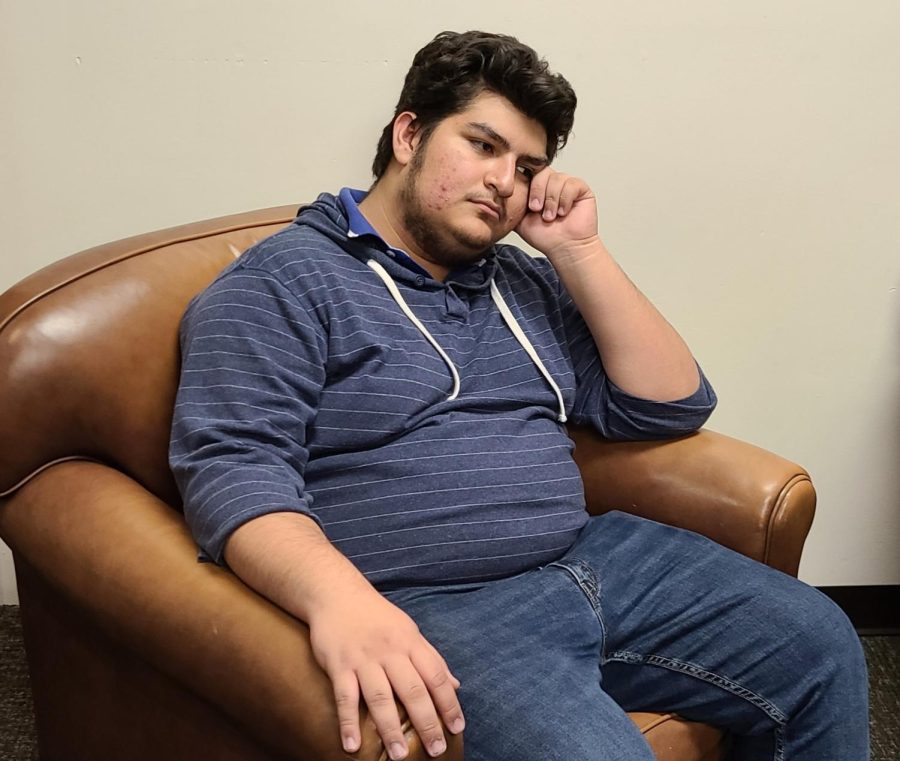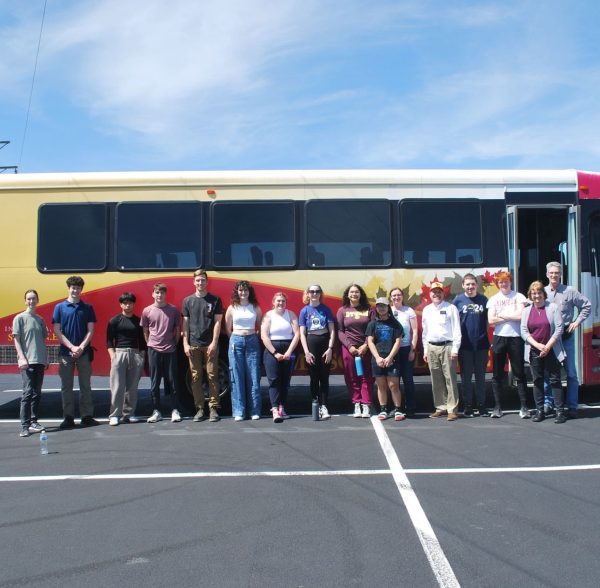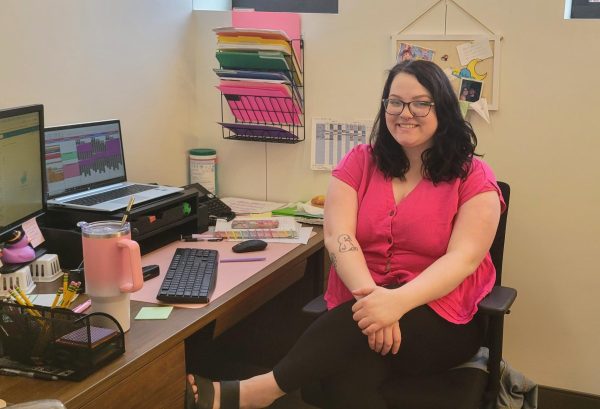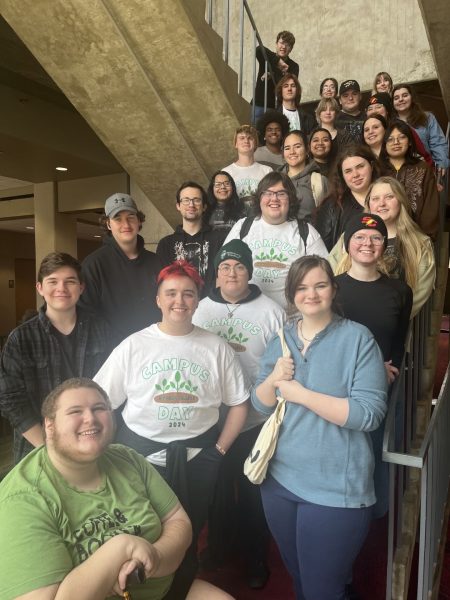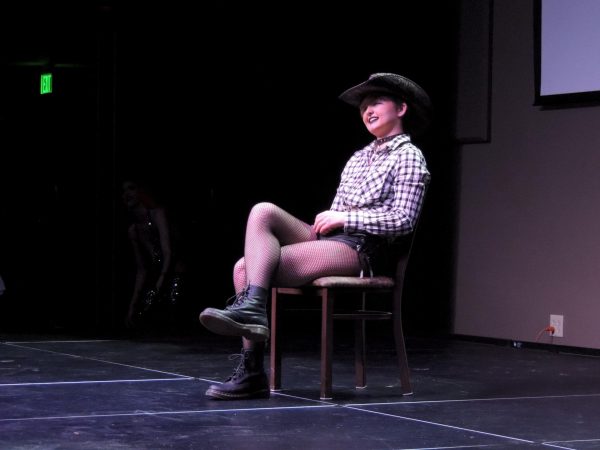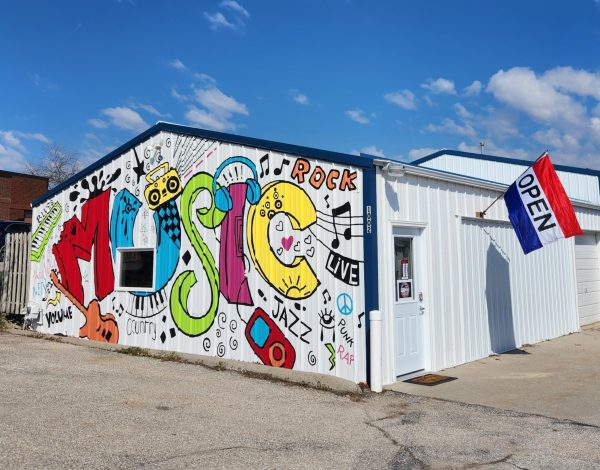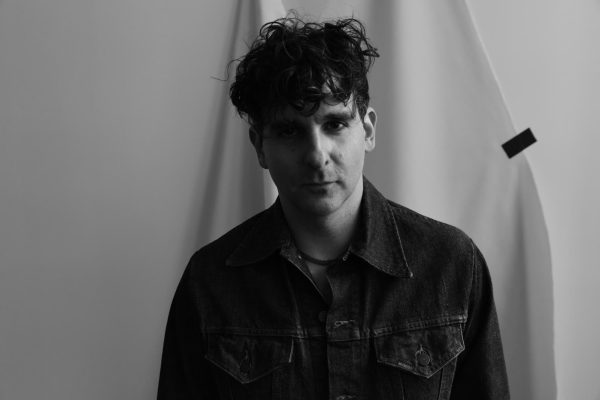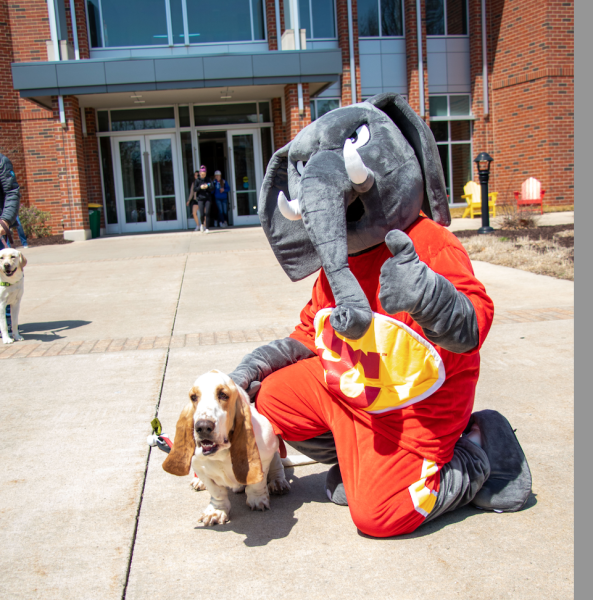Lower temps, lower well-being
As temperatures drop, students may feel more mental drain and fatigue.
November 10, 2021
Temperature and amount of sunlight are not the only things that will be on the downfall as students head into winter at Simpson College. Mood and well-being will be significantly lower because of the change of seasons.
Seasonal Affective Disorder (SAD) is a type of depression that is tied to seasonal change. Typically, the disorder is tied to winter. Lack of sunlight, colder temperatures and reduced physical activity affect the mental well-being of everyone to some extent.
Director of Counseling Services Jenny Vargas said that like many widespread conditions, SAD can affect people in different amounts.
“SAD is unique in that the majority of Americans feel the impact in varying degrees,” Vargas said. “Oftentimes clients who were stable will backslide during this time.”
Vargas also recognizes that SAD runs on a spectrum.
“Some notice feeling less motivated and more fatigued. Others aren’t able to get out of bed or do basic self-care tasks such as showering,” Vargas said.
SAD is difficult to spot at this point in the year as many different things could be contributing to students’ lower well-being. Vargas said that this is a busy time of year for counseling services. The holiday season, midterms, sports and the looming end of the semester can all have detrimental effects on students.
“I’d say it [energy] probably has gone down just because my class load has gone up, but I have definitely been spending less time outside,” junior Eliza Frentress said.
This year presents an interesting challenge for students.
“With people already feeling more down and anxious as a result of the pandemic, SAD seemed to have a larger impact than previous years,” Vargas said.
Simpson students have found ways to keep their minds intact as the semester progresses. Activities ranging from hanging out with friends to getting some alone time have been found to work.
“[I] just try to do something that’s going to cheer me up, whether it’s something with friends or taking time to just be by myself and get away from everyone. Just making sure I’m going to do something that will make me happy,” first-year Max Robinson said.
Robinson also said that he is mentally in a better place than previous years.
“I’m a lot more of a happy person this year compared to years in the past.”
The ability to go out and socialize as campus attempts to return to normal has undoubtedly played a large role.
Students have yet to experience SAD at full force yet this year, and the worst is yet to come, unfortunately. Temperatures have been fairly warm and daylight saving time has only just passed. The real test will come when snow begins to fall and daylight levels drop.
“As it gets colder and darker, many will find their moods are a little lower or they have less energy,” Vargas said. “Thankfully once spring comes back they usually rebound and feel back to their normal selves.”
If you happen to struggle with SAD, Vargas said that sunlamps can be helpful.
“Using these [sunlamps] in the morning or early afternoon can help boost mood.”
SAD, like depression, is invisible so there is no way to know what someone is going through.



